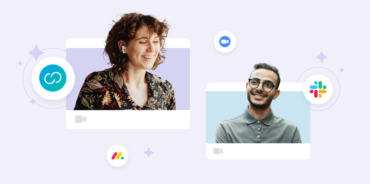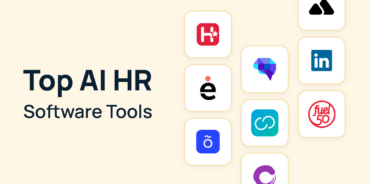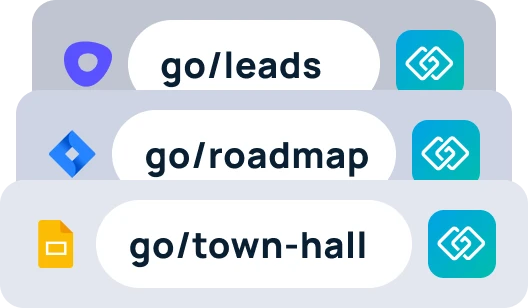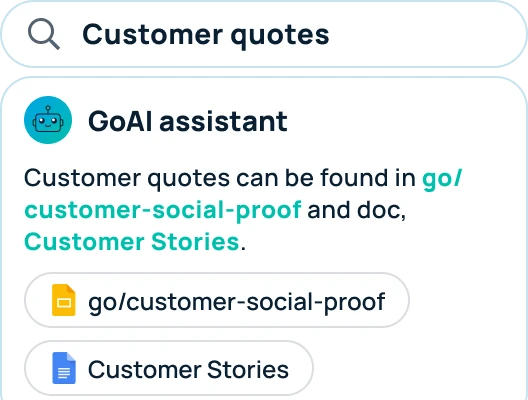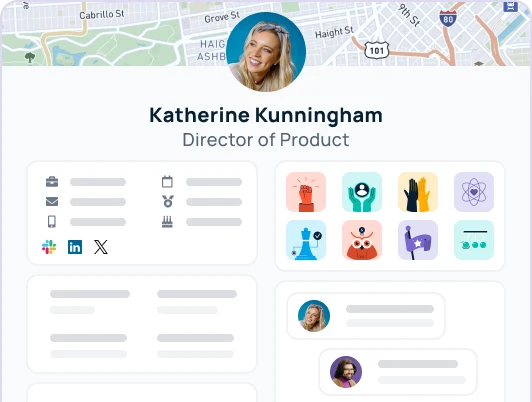How many tools is your HR department using?
According to a global HR tech report, 85% of organizations have at least two paid HR solutions, and 68% have between three and seven.
78% have also increased their spending on HR technology in the last two years.
But using multiple disparate tools can cause you some headaches.
You may find that your workflows are overly complicated when you’re bouncing between multiple tools. You may also find yourself paying for multiple apps with overlapping functionality — which is a waste.
In this article, we’ll explore the concept of HR tech consolidation and how this strategy can drastically improve your HR tech stack, making it more efficient and manageable.
What is tech consolidation?
Tech consolidation refers to the process of integrating multiple tools and applications into a single, unified system. This approach aims to eliminate redundancies, reduce complexity, and enhance the efficiency of business operations.
For HR departments, tech consolidation can involve merging various HR functions like employee data management, payroll and benefits administration, and performance reviews into one cohesive platform.
The benefits of consolidating your HR tech
- Streamlined HR processes: With a unified platform, you can manage all HR functions, from talent acquisition to performance management, in one place. This reduces the need for multiple logins and helps HR professionals access information more quickly.
- Improved employee experience: A consolidated HR tech stack enhances the employee experience by providing a single interface for all HR-related tasks. Employees can easily update their profiles, track their performance reviews, and access peer recognition programs without switching between different apps.
- Cost savings: By consolidating various HR tools into one platform, you can reduce subscription costs and eliminate the need for multiple software licenses. This not only saves money but also simplifies budgeting and financial planning.
- Better data integration: A single HR platform ensures that all employee data is stored in one place, making it easier to analyze and draw insights. This can improve decision-making and support more effective HR strategies.
- Enhanced security and compliance: Managing employee data across multiple systems can pose security risks. A unified HR platform offers robust security measures and simplifies compliance with regulations, protecting sensitive information.
Typical tools in an HR tech stack
| Tool | Description |
| Human Resource Information System (HRIS) | Centralizes employee data and streamlines HR processes like payroll and benefits administration. |
| Applicant Tracking System (ATS) | Manages recruitment processes, from job postings to candidate evaluations and hiring. |
| Performance Management System | Tracks and evaluates employee performance, facilitates feedback, and manages performance reviews. |
| Learning Management System (LMS) | Provides platforms for employee training and development programs. |
| Employee Engagement Tools | Includes features for surveys, feedback, peer recognition, and employee wellness programs. |
| Payroll and Benefits Software | Manages payroll processing, benefits administration, and compliance with financial regulations. |
| Onboarding and Offboarding Tools | Streamlines the processes of integrating new employees and handling exits. |
| Time and Attendance Systems | Tracks employee work hours, leaves, and absences. |
| Compliance Management Tools | Ensures adherence to legal and regulatory requirements, including labor laws and safety regulations. |
| HR Analytics and Reporting Tools | Analyzes HR data to provide insights and support decision-making. |
| Talent Management Systems | Manages talent acquisition, career development, and succession planning. |
| Employee Self-Service Portals | Allows employees to access and update their personal information, benefits, and payroll data. |
| Compensation Management Tools | Handles salary structures, bonuses, and other compensation-related processes. |
| Workforce Planning Tools | Assists in planning and managing workforce requirements, including budgeting and resource allocation. |
| Collaboration and Communication Tools | Facilitates communication and collaboration among employees and teams. |
How to consolidate your HR tools
- Assess your current HR tech stack: Start by listing all the HR tools and applications your department currently uses. Evaluate their functionalities, strengths, and weaknesses to identify overlaps and gaps.
- Define your requirements: Determine the essential HR functions you need, such as applicant tracking systems, payroll management, and employee engagement tools. Prioritize features that will enhance your HR team’s efficiency and effectiveness.
- Choose the right platforms: One single tool may not meet all your requirements — but you should be able to identify 2-4 tools that cover your needs. Make sure these tools integrate well with each other and have a user-friendly interface.
- Plan the transition: Develop a detailed plan for migrating data from your existing systems to the new platforms. This should include timelines, resource allocation, and a communication strategy to keep stakeholders informed.
- Implement and train: Roll out the new HR platforms in phases to minimize disruptions. Provide comprehensive training for HR professionals and employees to ensure they can use the new systems effectively.
- Monitor and optimize: Continuously monitor the performance of your consolidated HR tech stack. Gather feedback from users and make necessary adjustments to optimize functionality and user experience.
Examples of comprehensive HR solutions
Here are a few examples of HR software solutions that consolidate multiple tools into a single platform:
- GoProfiles: GoProfiles is an all-in-one platform that consolidates various HR functions, including employee engagement and employee data analytics, all powered by AI. It combines tools such as an employee directory, org chart, peer recognition, and more.
- BambooHR: BambooHR offers a solution that includes HRIS, ATS, performance management, time tracking, and employee self-service portals.
- Workday: Workday provides an integrated platform for HR and financial management. It includes modules for HRIS, payroll, benefits, talent management, and workforce planning.
- Zoho People: Zoho People is an HR management software that covers everything from onboarding and time tracking to performance reviews and employee self-service.
- SAP SuccessFactors: SAP SuccessFactors is a cloud-based HR solution that integrates talent management, HR analytics, payroll, and more.
GoProfiles: An all-in-one solution for employee engagement
If you’re looking to consolidate your employee engagement tools, GoProfiles is a great solution. This all-in-one platform is designed to simplify HR processes and strengthen employee connections.

GoProfiles combines a variety of tools into a single, cohesive system, including:
- Employee Dashboard: A central hub for employees to access company information like new hires, birthdays, peer recognition, and more.
- Employee Directory: A comprehensive directory that provides easy access to employee profiles and contact information.
- Org Chart: Visualize your company’s structure and reporting lines with an intuitive organizational chart.
- Employee Map: View the geographical distribution of your workforce.
- Employee Profiles: Store and manage detailed profiles for each employee, including their roles, skills, and achievements.
- Employee Analytics: Gain insights into employee performance, engagement, and other key metrics with powerful analytics tools.
- Employee Celebrations: Celebrate milestones and achievements with tools for birthdays, work anniversaries, and more.
- Employee Groups: Facilitate communication and collaboration with different skills and interests groups for employees to plug into.
- Peer Recognition: Promote a positive work culture by enabling employees to recognize and reward their peers.
- Employee Rewards: Manage and distribute rewards for outstanding performance and contributions.
GoProfiles seamlessly integrates with your other HR tools to keep all employee information up-to-date.
GoProfiles is also powered by AI, offering the only generative AI solution for HR and people data. This makes finding information about your employees and team as simple as asking AI, significantly enhancing efficiency and accessibility.
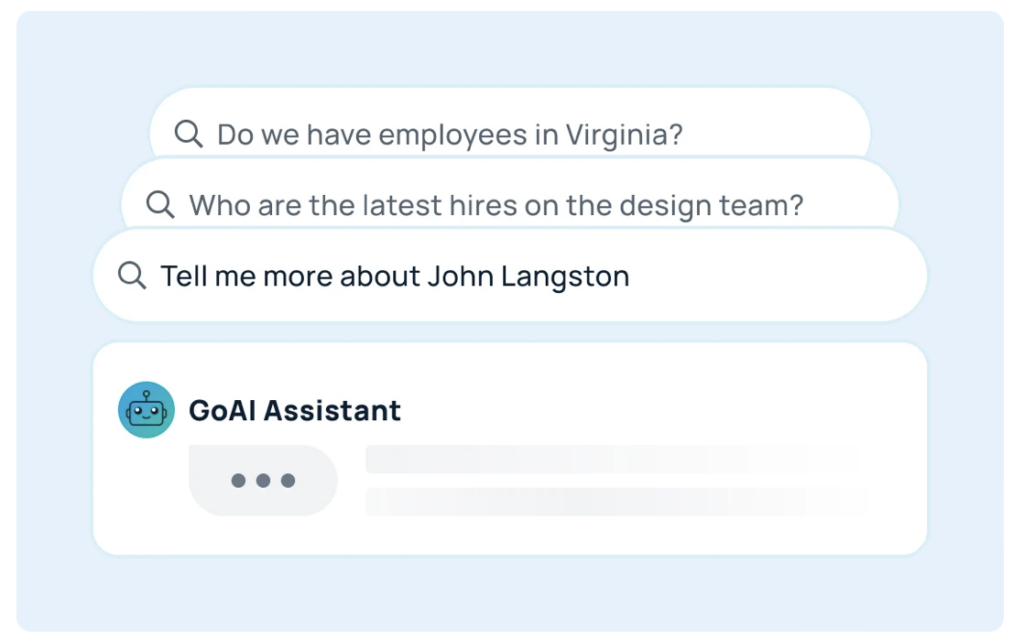
Getting started with GoProfiles
Ready to transform your HR operations? Discover how GoProfiles can simplify your HR tech stack and enhance your team’s productivity.
Build a culture of connection and recognition with GoProfiles
Schedule a demo
FAQs
What is an HR tech stack?
An HR tech stack refers to the combination of software and tools used by an HR department to manage various functions such as recruitment, payroll, and employee engagement.
Why should companies consolidate their HR tech stack?
Consolidating the HR tech stack can streamline processes, reduce costs, and improve data integration, leading to enhanced efficiency and better decision-making.
What are the benefits of using GoProfiles for HR tech consolidation?
GoProfiles offers an all-in-one solution that simplifies HR processes, enhances employee engagement, and provides powerful analytics, all powered by AI.
How does GoProfiles improve employee experience?
GoProfiles provides a single, user-friendly interface, making it easier for employees to access information and stay engaged.
![A Guide to HR Tech Stack Consolidation [Strategies & Tools]](https://images.goprofiles.io/blog/content/uploads/2024/06/10141251/goprofiles-hr-tech-stack-article%402x-670x361.png)
